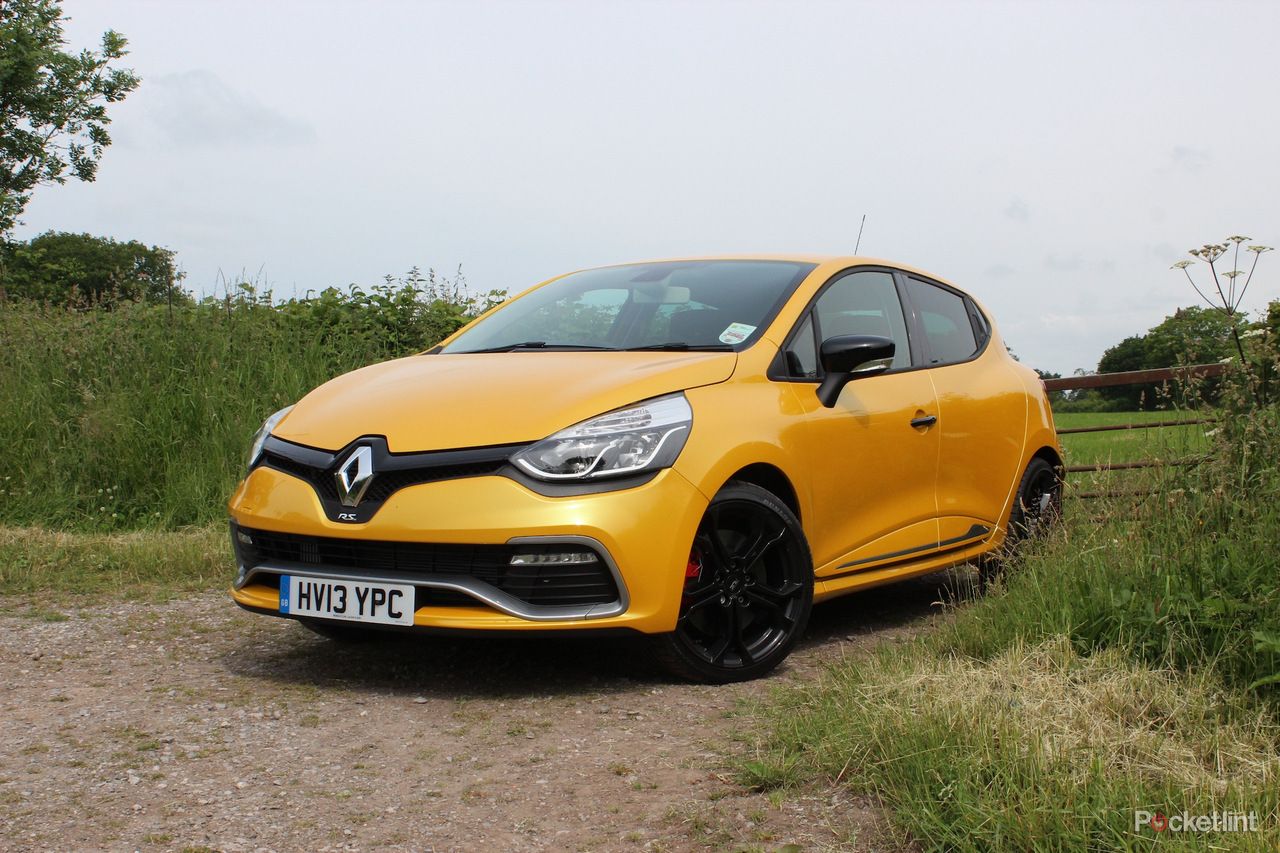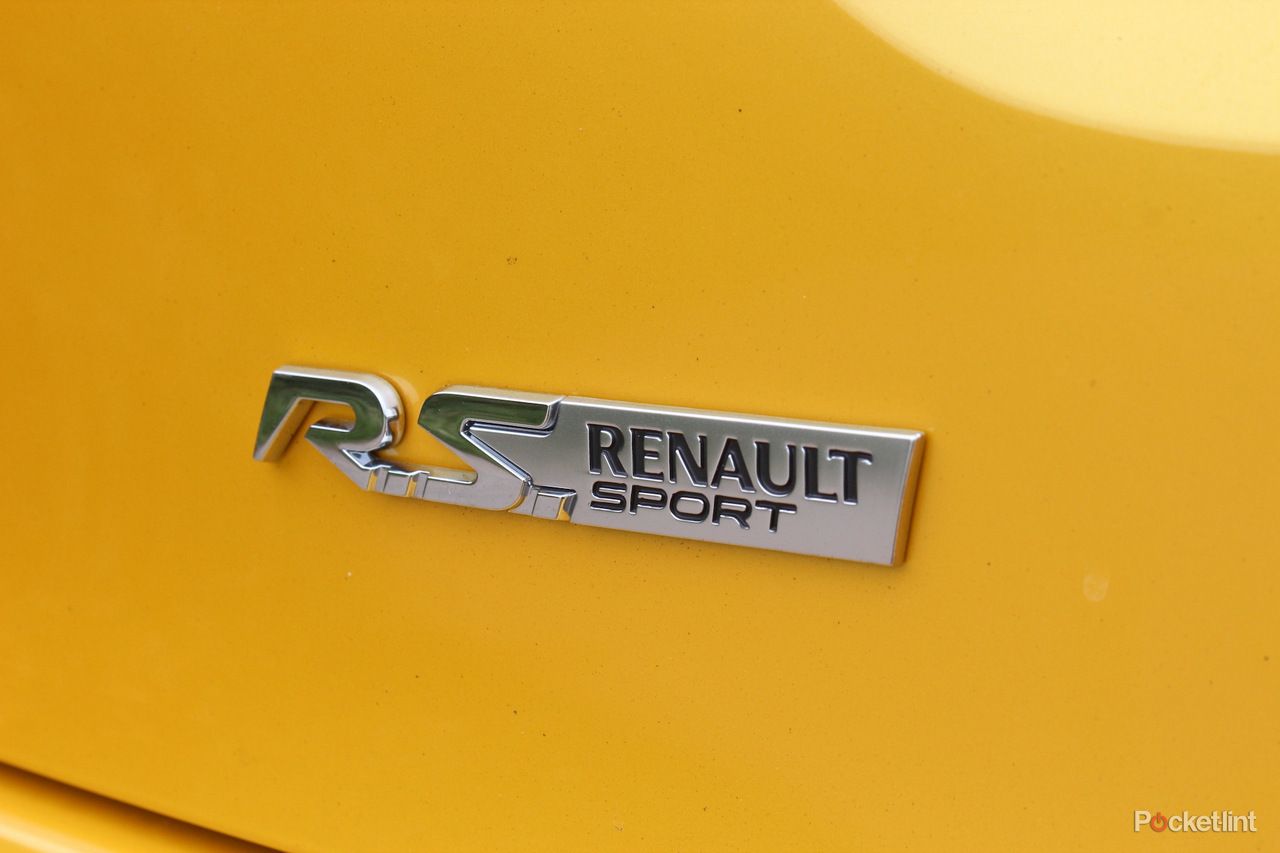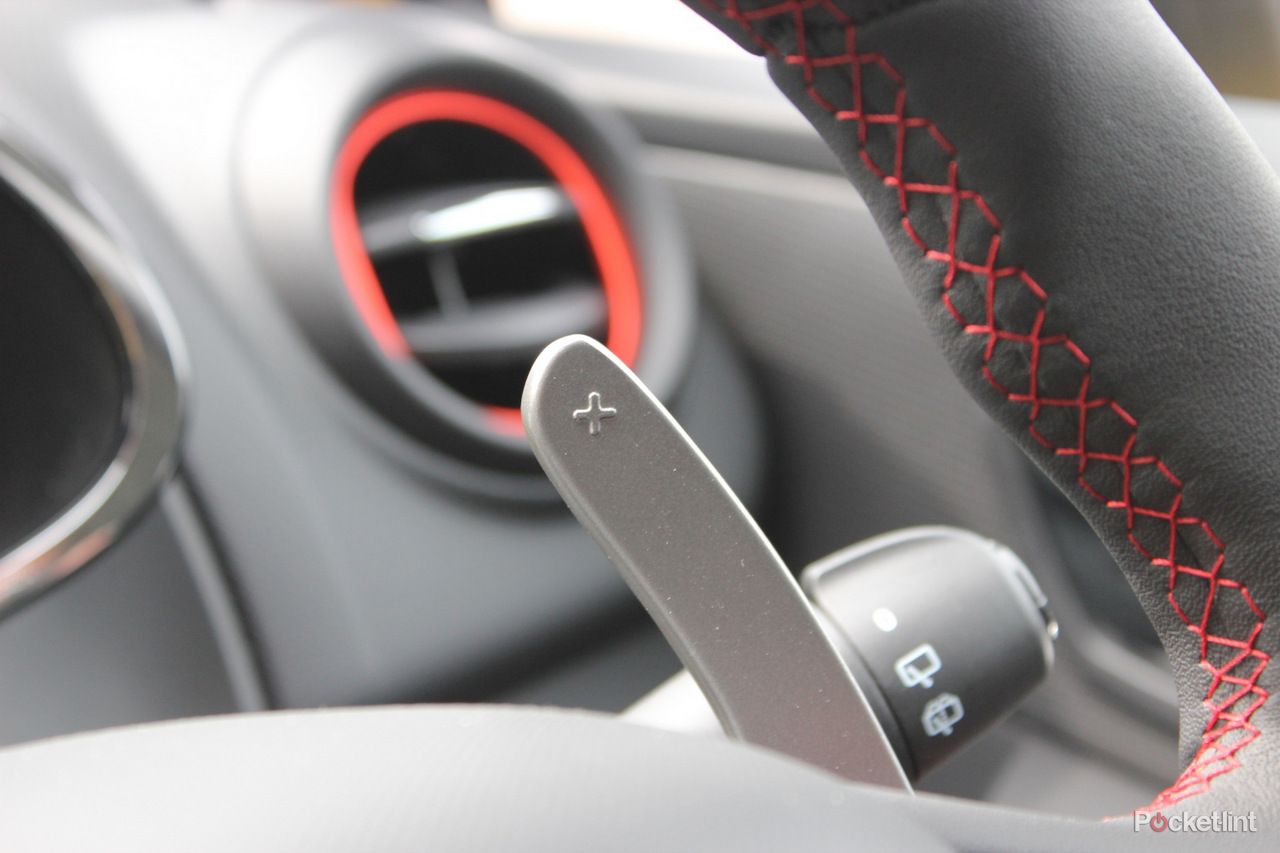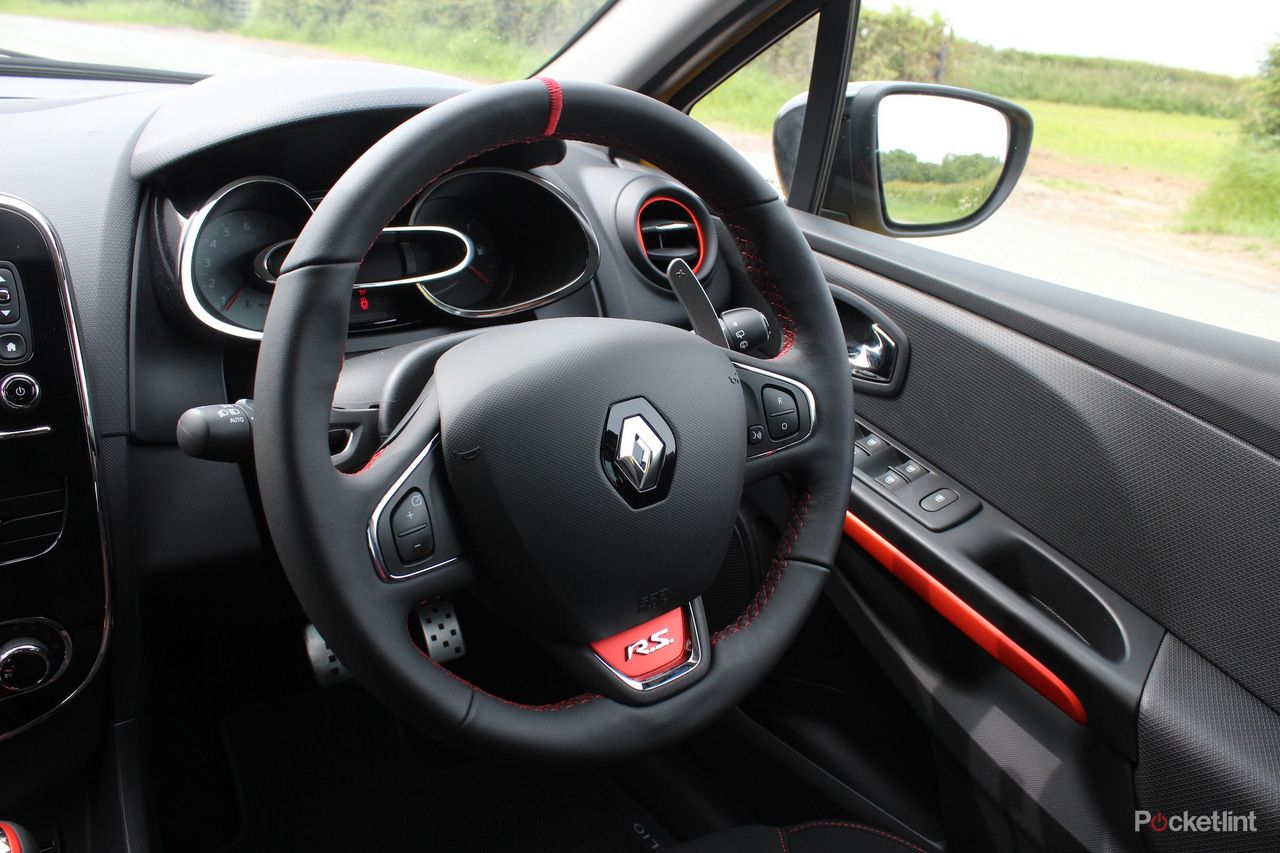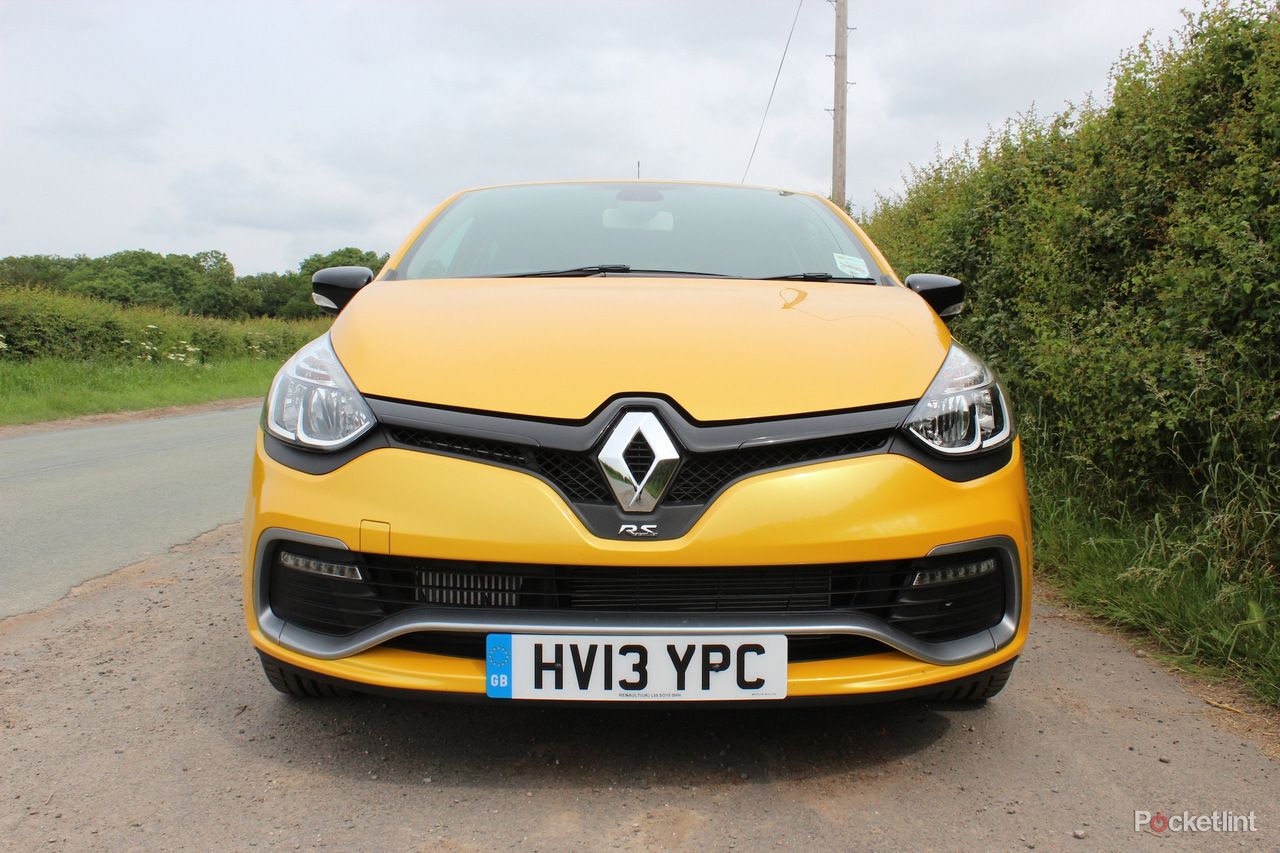There's never been much point in approaching a RenaultSport product from the perspective of say advanced technology or design aesthetics. Historically, if you wanted a hot hatch and you wanted the best, most raw, connected driving experience in an affordable and practical package, you bought one of these. It was all about the drive. Slush moulded interiors are for people who drive Audis – the sort of people who'd never get up a 5am to go for a drive, just for the sake of it. But that's all changing here. This is a new Clio that's a real design leader. And it's dripping with tech.
So has Renault thrown the baby out with the bathwater with the new 200 Turbo Clio? The sportiest Clio has had a character change. It's five-door only for a start. And rather than the screaming, rev-hungry 2-litre engine of yore you get a "downsized" 1.6 litre turbo – that retains the 200 horsepower - hence the name - and adds more torque but brings a less rev-hungry nature and lower rev-limit.
But the biggest source of consternation is undoubtedly the gearbox. Yes, to lean on the language used by the stonewashed jeans wearer of Top Gear, the Clio 200 is now "flappy paddle" box only. It uses a 6-speed, dual-clutch automatic gearbox or efficient dual clutch (EDC) in Renault speak. You simply can't have a manual box – want one and you'll need a smaller Twingo, bigger Megane or a hot hatch from another brand.
To cut to the chase then, is it any good? Well, it is now quite a different driving experience to what went before and a rather different kind of hot hatch. Many parts of it are better. One or two are subjectively not as good on this first exposure.
Just pottering around, the Clio is a much nicer place to sit than before. Much more refined and better riding, the seats are good, the cabin smarter, the media system and touchscreen is decent. You can feel there's underlying sporting intent though – and one of the best aspects of this car is its ride. It feels always sporting and gets firmer as you dial the car up but never gets harsh on an average British B-road even in "race" mode - are you listening, Audi?
The handling is largely great - we'll qualify that by saying we spent only an hour and a bit driving the car, and weren't able to truly understand how it behaves in extremes compared to the competition or its forebears. It resists understeer well and – put in race mode – the rear end likes to move around. Which enthusiastic drivers tend to like. So it flows down the road in a way you'd hope – and then some.
However, the new engine is a dull sounding thing. Interestingly, you can overcome this to an extent. As part of the R-Link media-nav system, you can turn on the 200T's "sound symposer" which overlays the noise of various historic vehicles – the Clio V6, previous 200, Alpines and a Nissan GT-R – piping their sound into the cabin and effectively dubbing out the dull 1.6 lump up front.
It sort of works and is humorous for the first few miles. Certainly the Clio V6 sound effect is more cultured and amusing than the actual engine note. But sometimes there’s a weird cross-fade of real engine/fake engine sound and after about 10 minutes, the whole thing was giving us a headache so we turned it off.
Next we come to the R.S Drive mode switch. This three-stage system operates via a button by the gearshift and changes the settings of the suspension, engine, steering and gearbox. In standard mode, frankly, the car doesn’t feel very RenaultSport at all. The gear change time is yawning to the point of feeling like one of those first-generation robotised manuals and the steering is super-light and feel-less. It gets better with a stab of the button to put it in "RenaultSport – Sport" mode. But it still isn't there.
No, if you want your 200 Turbo to really feel like a RenaultSport, you're going to have to press and hold the button again to select "RenaultSport – Race" mode. Because in our view, only here does the gearbox change feel fast enough and the car truly feel aggressive and like it's with you trying to hoover up the road.
In fact, after 10 minutes on a B-road, in Race mode it feels dam impressive. Fast, agile, aggressive. Much more like it. The only potential fly is this mode disables the stability and traction control, which – in combo with the mobile rear end – means we'd expect more Clios than before to be exiting roads, hedge backwards, in future.
We've saved the most important bit until last though – that gearbox. At Pocket-lint, we're not flat-earthers. Yes, we like our manuals, but we also love a good paddle-shift. In certain cars that give you the choice of either manual or auto, we'd be ticking the paddle shift option every time. Problem is, most of the time the 200T's box doesn't feel like a great paddle shift box.
In standard mode the shifts feel a little lackadaisical. In Sport mode, the shifts are faster, better – knock the shifter over to the left and you drive it on the paddles or by using the stick (back and forth). But get carried away and don't change up or down quick enough and it just does it for you. To have full control, you need Race mode enabled - so no stability system et al. Only here is the fastest gearshift speed unleashed. And it'll let you bounce off the rev-limiter all day long – you're truly in charge.
So what's not to like? Well, it's not the gearshift speed or quality, particularly in Race mode we have the big issues with. But two problems really stick out. The first is the actual gearing – how the ratios are stacked. As they're set up, there seems to be a bit of a hole between second and third gears. First and second are very short, presumably for good initial acceleration, but the spacing between second and third is bigger. What this meant was we kept finding that at the point you're naturally wanting to change down – say coming into a corner, for second – the car won't give you second gear, because doing so would mean over-rev the engine. So you end up, mid corner, still in third and then changing down into second mid or post corner – which makes for sometimes jerky – and less rapid progress.
But the biggest and, luckily, potentially most easily fixable issues are the paddles themselves. While they look like great big fantastic wands to behold, to use they're perhaps the worst bit of the car. They're fixed to the steering column – not the back of the wheel – and so don't move away from the quarter-to-three position when you turn the wheel. Ferrari takes this approach too, but it uses much bigger paddles and quicker steering racks – so there's more often a paddle where you want it. In the Renault, again, find yourself mid corner and with half a turn of steering lock on, and your hands are on the wheel in the wrong place. So you have to move your hand to grope for a paddle that's not where you want it to be.
Worse than this is the paddle operational feel and action. You need feedback when driving hard. But the paddles feel plasticky and brittle. It's their action that's the real problem – they feel computer-game light, not electro-mechanically connected. The action of movement is long too – and they give you no sense of feedback, there's no joy in waiting, waiting, waiting and then – bang – pulling to ram home another gear at exactly the right point as the revs climb.
So although the gearbox itself (in race mode) can execute the changes fast enough, the action of pulling the paddle is too dull and long. It actually tricks your mind into thinking the gear change is slower than it is. It sounds crazy, but if the Clio had the paddles that, say, Porsche has adopted for its latest PDK box (yes, we know, Porsche vs Clio – unfair) then we suspect we'd like the gearbox – and ultimately the car– about fifty percent more.
Perhaps, if you've not been exposed to a paddle box set up before, you won't think it a problem. If you're considering a Clio 200, do at least try it for yourself rather than decide it's not for you before driving it. And that's perhaps the best summary of the new Clio. People currently driving a RenaultSport car are going to find this a very different experience. Some won't like it. Some will love it. It's now a "different" beast, a serious change to what's gone before. For many that change equates to a more efficient, smarter, faster car to have in their lives. But does "different" truly mean better in this case? The jury's still out and it'll be interesting to see how RenaultSport's history of evolving car lines – with special editions and tweaks happening year-on-year – plays out with the 200 Turbo.

